by Bascom H. King
The Benchmark DAC3 DX is one of the flagship Benchmark DAC3 series D/A. Its performance enhancements include increased dynamic range and signal to noise ratio over the previous DAC2 model.
Measurements were made using an Audio Precision System Two Measurement System. All tests were made with 120V AC line voltage with both channels being driven except when otherwise noted. Measurements made on left channel with 24 bit data through the AES/EBU inputs, balanced analog outputs and volume control at full up and no output mode attenuation unless otherwise noted.
Frequency response was measured at sample rates of 44.1, 96.0, & 192 kHz. This is shown in Fig. 1. Another way to see filter shape over a wider amplitude range than in Fig. 1 is a noise based frequency response. This is shown in Fig. 1A.
 |
| Fig. 1A - Frequency Repsonse/Noise |
 |
| Fig. 1 - Frequency Repsonse |
A favorite test of mine that tells a lot is a plot of THD+N vs. decreasing input signal level. Done with 24 bit data, the results are shown in Fig. 2. There is some small amount of distortion at full scale decreasing down into the noise level of about -125 dBFS. Of all the DACs I have measured, this has the lowest noise level with the exception of the Resonessence Labs Muris which, having some distortion increase bumps on the way down, did end up at – 130 dBFS.
 |
Fig. 2 - THD+N vs. decreasing input level of a 1 kHz test
|
 |
Fig. 3 - THD+N vs. frequency at 0 dBFS 44.1 kHz sample rate
|
THD+N vs. frequency in a 80 kHz measurement bandwidth is shown in Fig. 3. The right channel is a bit better than the left. Amount of rise in distortion with frequency at the high frequency end of the audio band is low, a good attribute.
Input/output linearity for a decreasing input level and measured with a bandpass filter to track the actual test signal is good with this DAC down to about -130 dBFS and is shown plotted in Fig. 4.
 |
Fiug. 4 - Input/output linearity for decreasing input signal
|
 |
Fig. 5 - Noise spectrum,16 bit vs 24 bit signal
|
An interesting test for determining the effective number of bits of resolution a DAC has is to plot a spectrum of DAC output noise with no signal in the audio band with 16 bit data and then compare the same spectrum with a 24 bit data.
We then see how many “6 dB” increments are contained in the difference. One bit for every 6 dB of noise reduction in the two curves. This difference is shown in Fig. 5 and is about 32 dB for a 5 plus bit increase for 21 plus bit resolution for 24 bit data.
Channel separation vs. frequency (not shown) for both directions was 105 dB or better from 20 Hz to 20 kHz which is quite good.
Dynamic range and signal to noise ratios like many of the other measurements were pretty much independent of sample rate. Signal to noise ratios and dynamic range for both channels for a 96.0 kHz rate in order for wideband, 22 Hz-22 kHz bandwidth and A Weighting. The results were : (Lch/Rch): 100.4 dB/100.3 dB (wideband), (124.7 dB/124.7 dB (22 Hz to 22 kHz bandwidth), and 127.5 dB /127.7 dB
(A-weighting).
A note about the volume control and resolution, as the volume control is turned down, the noise floor remains the same so resolution is best at full volume with this DAC – still, for 60 dB of attenuation, the S/N ratio is still about 67 dB A weighted.
Bascom King is owner of BHK Labs in Santa Barbara, Ca. He also is an audio equipment designer consultant and technical expert for all thing audio.
Bascom King is owner of BHK Labs in Santa Barbara, Ca. He also is an audio equipment designer consultant and technical expert for all thing audio.
DAC3-DX Technical Comments From
Benchmark Media VP John Siau:
Thank you, Everything Audio Network for the review and bench test of the DAC3-HGC. It is a worthy successor to the DAC2-DX and features many enhancements to measured and subjective performance. Here are a few comments about the bench test.Channel Separation
"Channel separation vs. frequency (not shown) for both directions was 105 dB or better from 20 Hz to 20 kHz which is quite good.”
"Quite good" is quite an understatement. 105 dB at 20 kHz is impressive performance. When measuring channel separation it is important to look at the content of the crosstalk. Is the crosstalk composed of harmonic distortion or is it a clean low-level version of the other channel? In many products, the crosstalk is mostly harmonic distortion. In the DAC3, you will find that the crosstalk is clean. When the power supply rails and reference voltage supplies are the crosstalk mechanism, the crosstalk signal will be primarily a distortion signal. But when the only mechanisms are capacitive and magnetic coupling, the crosstalk signal will be distortion free. The DAC3 uses separate reference voltage regulators for the L and R channels in the ESS converter chip. These regulators are a proprietary Benchmark design and they prevent the harmonic crosstalk that would otherwise occur in the ESS chip.
Volume Control
With almost any volume control system, the S/N ratio will be best at maximum volume. The DAC3 includes passive attenuators at the XLR outputs. These can be used to optimize the gain staging between the DAC3 and the power amplifier. These pads can be set to 0 dB (bypass), -10 dB or -20 dB. The 10 dB and 20 dB pads reduce the level without reducing the S/R ratio. The pads are a unique feature that allows optimization of the system S/N ratio.
Intersample Overs
This test report does not include any tests for performance while reproducing intersample overs. Intersample overs can reach +3.01 dBFS (3.01 dB above 0 dBFS). Very few D/A converters can reproduce anything over 0 dBFS without distorting. The distortion produced by an overloaded interpolator in a D/A is usually non harmonic. Each intersample over has the potential to produce a burst of non-harmonic distortion when reproduced by a conventional oversampling D/A converter. To eliminate this problem, the digital signal processing in the DAC3 has been specifically designed to provide 3.5 dB of headroom above 0 dBFS. This completely prevents the clipping of intersample overs. Many commercial CDs produce multiple intersample overs per second. For example, Steely Dan's "Gaslighting Abbie" from "Two Against Nature" has 1129 overs in a little more than 5 minutes. The DAC3 delivers a new level of clarity when playing this spectacular track. Don't underestimate the importance of eliminating the distortion produced by interpolatoroverloads.
See https://benchmarkmedia.com/blogs/application_notes/intersample-overs-in-cd-recordings for a complete discussion of this topic.





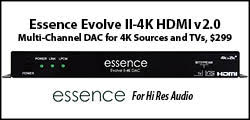

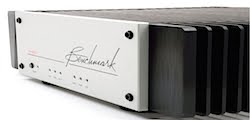


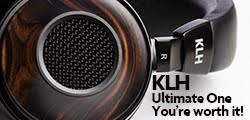
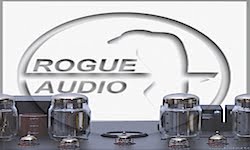

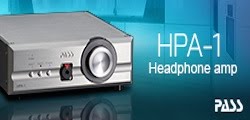


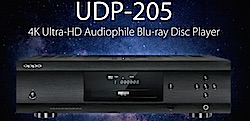


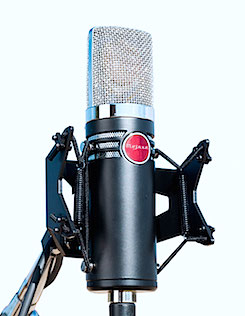
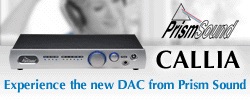
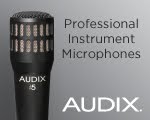


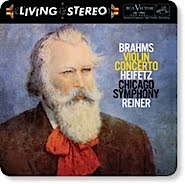






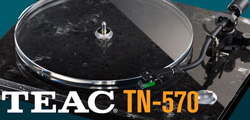





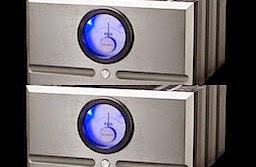



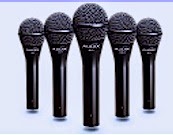


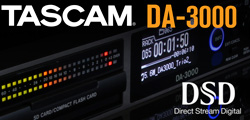

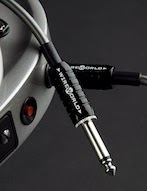

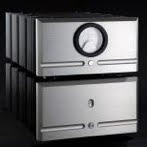









No comments:
Post a Comment